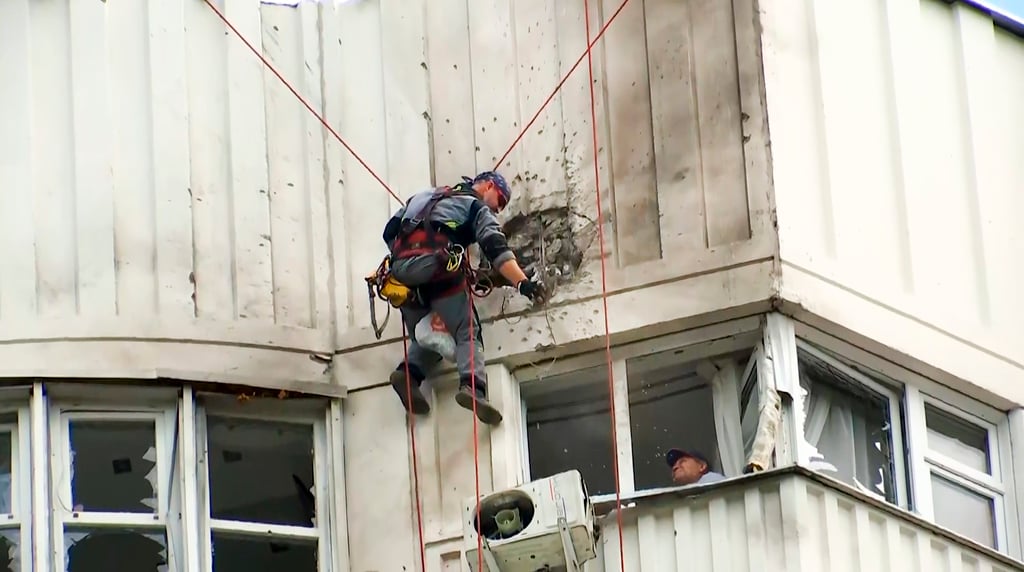Advertisement
Explainer | How drone warfare has evolved in Ukraine
- In recent months, invading Russian troops have sent waves of Iranian-made Shahed drones at Kyiv, while Ukraine has launched unstaffed attacks of its own in Crimea
- This has pushed both sides into deploying electronic defences, lowering the cost of countering devices that are too cheap to be worth shooting down with pricey missiles
Reading Time:3 minutes
Why you can trust SCMP

From tiny quadcopters buzzing over front-line trenches with cameras and grenades to flying bombs lugging warheads weighing dozens of kilograms into Kyiv and Moscow, drones have marked the Ukraine war like none before it.
In recent months, invading Russian troops have sent waves of Iranian-made Shahed “kamikaze” drones at Kyiv and other major cities, while Ukraine has launched unstaffed attacks of its own in Crimea and Russian border region Belgorod.
The Russian government even accused Ukraine on Tuesday of attacking Moscow with such devices.
Advertisement
Today’s picture is a far cry from the hype surrounding Turkish-made Bayraktar TB2 drones in the early months of the war.

The aircraft made headlines and were praised in song for their role in smashing Moscow’s armoured columns and the Black Sea fleet flagship, the Moskva.
Advertisement
Advertisement
Select Voice
Choose your listening speed
Get through articles 2x faster
1.25x
250 WPM
Slow
Average
Fast
1.25x